My daughter has been fascinated by sea lions from our very first visit to SeaWorld® San Diego with her as an infant. We have visited the park many times to learn and spent countless hours feeding the sea lions at SeaWorld San Diego. With abundant learning opportunities and great family memories made, I fully support my daughter’s desire to visit frequently. Recently SeaWorld SanDiego invited our family to the park to learn about sea lion conservation efforts and the care of animals in their parks. We had an unbelievable experience and my daughter’s love for sea lions grew immensely during our visit.
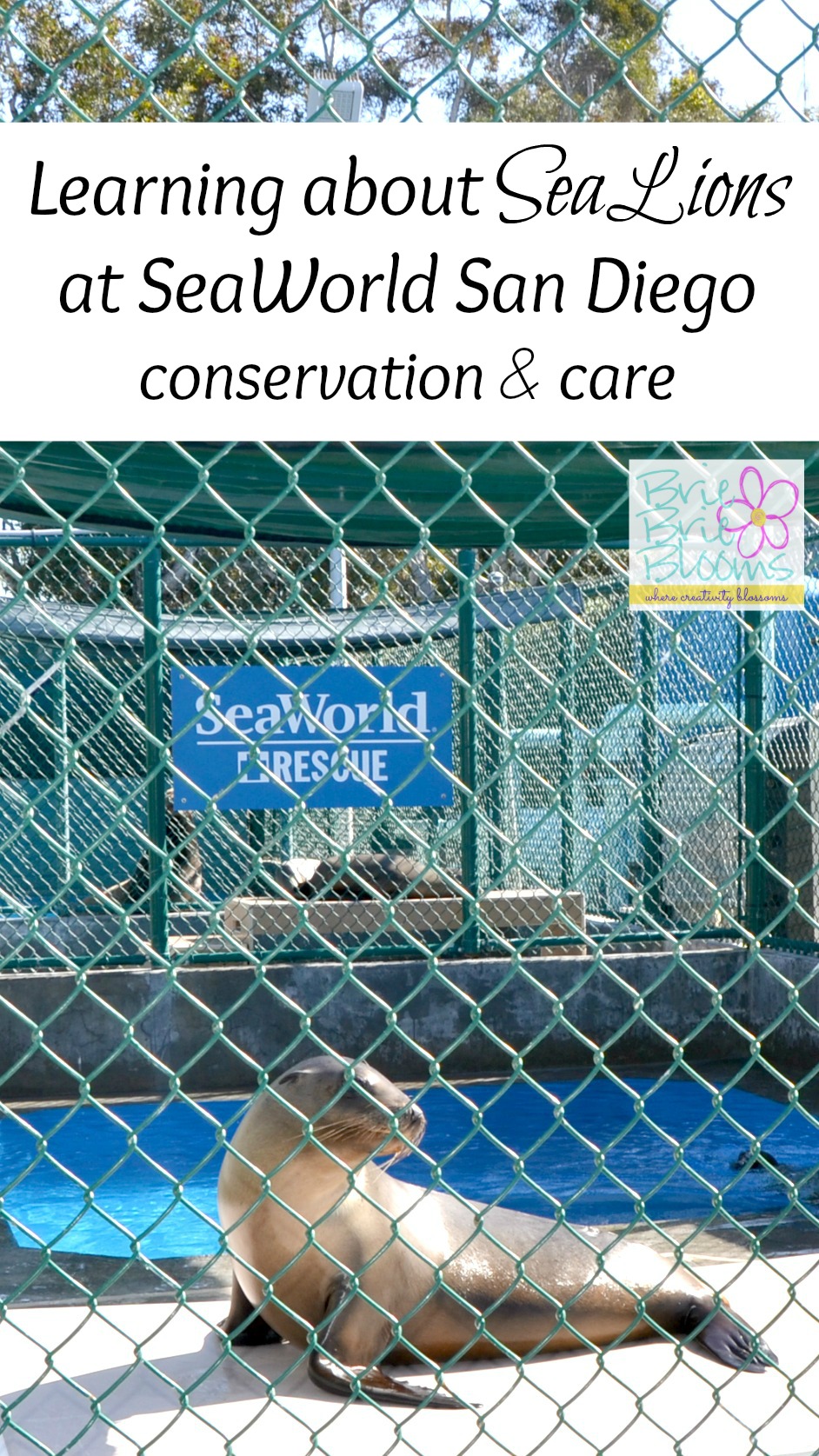
California sea lions live on rocky and sandy beaches from British Columbia to Mexico. They are easily identified by their loud barking sounds and dark brown fur. They live for an estimated 15-25 years in the wild and even longer in captivity. Unfortunately many different human interactions pose a threat to California sea lions.
Threats to California sea lions:
- Sea lions continue to be shot by fishermen because of their competition to the fishing industry.
- Pesticides and heavy metals in the ocean may impact sea lions.
- Sea lions can become entangled in marine debris including fishing nets and plastic packaging materials.
In Canada, killing California sea lions has been prohibited since 1970. In 1972, the US Marine Mammal Protection Act made it illegal to hunt or harass any marine mammal in U.S. waters. SeaWorld San Diego is part of the Marine Mammal Stranding Network under the National Marine Fisheries Service. They are responsible for rescuing, treating and releasing hundreds of injured, ill or orphaned California sea lions and other stranded marine animals. There are many benefits to having the resident sea lions at SeaWorld including teaching visitors how human activities may impact their survival in the wild. Additionally SeaWorld has helped learn about sea lions with the scientific research completed while working with them at their rescue and rehabilitation facility.
During our visit to learn about sea lion conservation, we began with a behind the scenes look at SeaWorld Rescue.
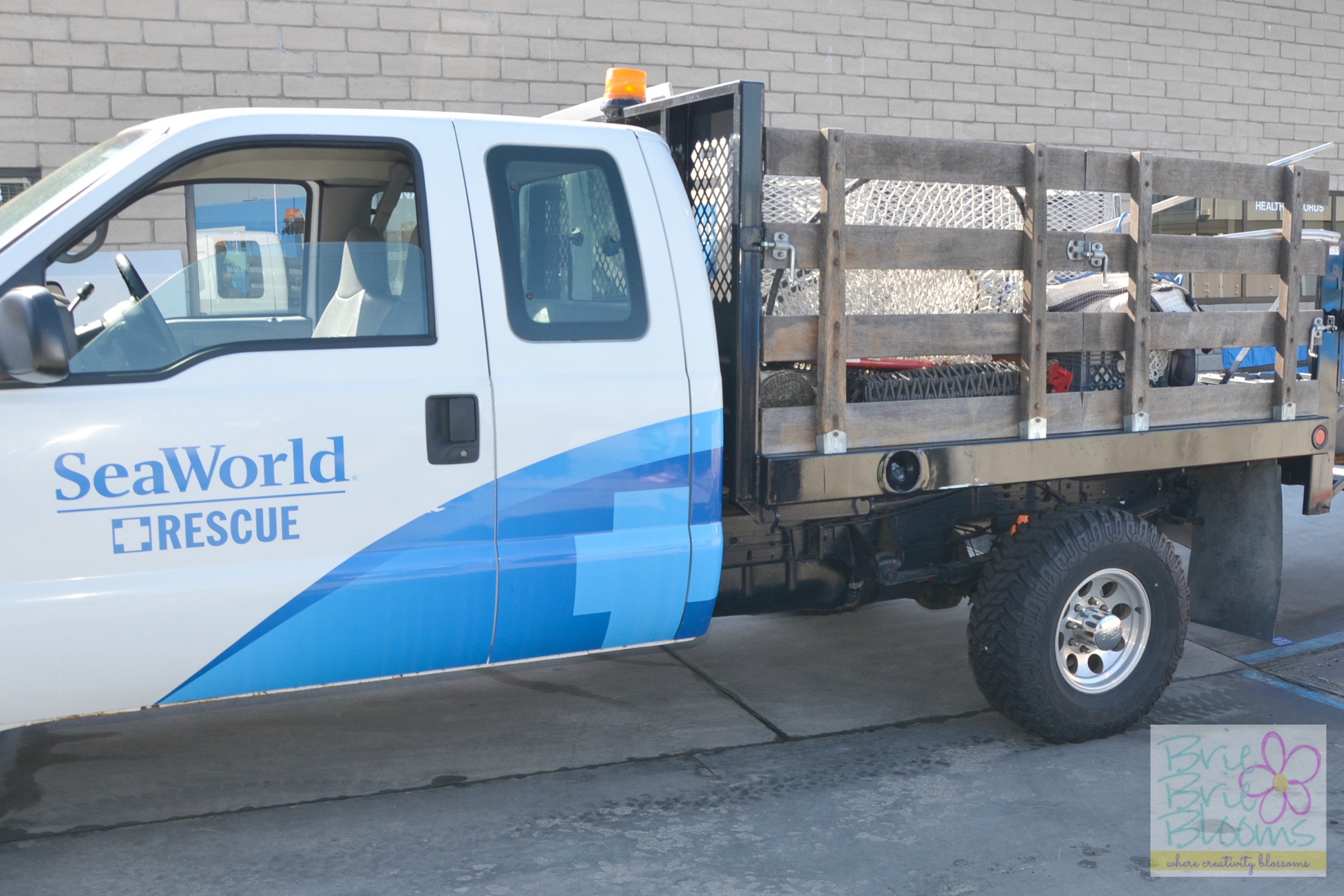
Sea lions are extremely social and vocal animals. My daughter’s first thought of sea lions is always the positive experiences we have had while visiting them at SeaWorld. Learning about the dangers humans pose to sea lions was an entirely new experience for my daughter. An animal care specialist showed her pictures of what happens when an animal is rescued and first brought to SeaWorld for rehabilitation.
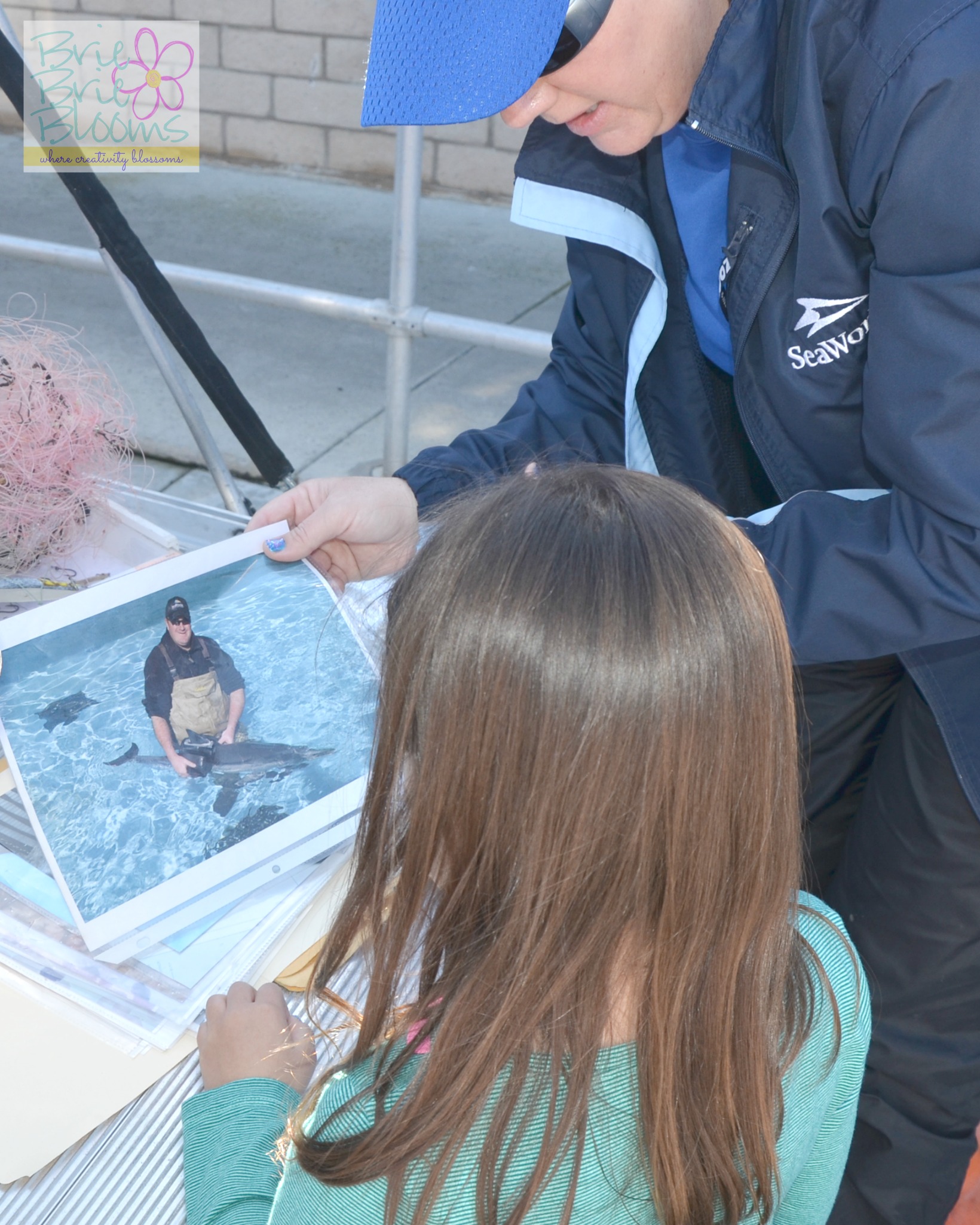
We saw very specific and unforgettable visual examples of how SeaWorld Rescue has saved many sea lions’ lives. Sometimes sea lions consume fishing hooks by accident. The care specialist showed us a collection of hooks found in one sea lion’s stomach. With the help of the rescue team, this sea lion was rehabilitated.
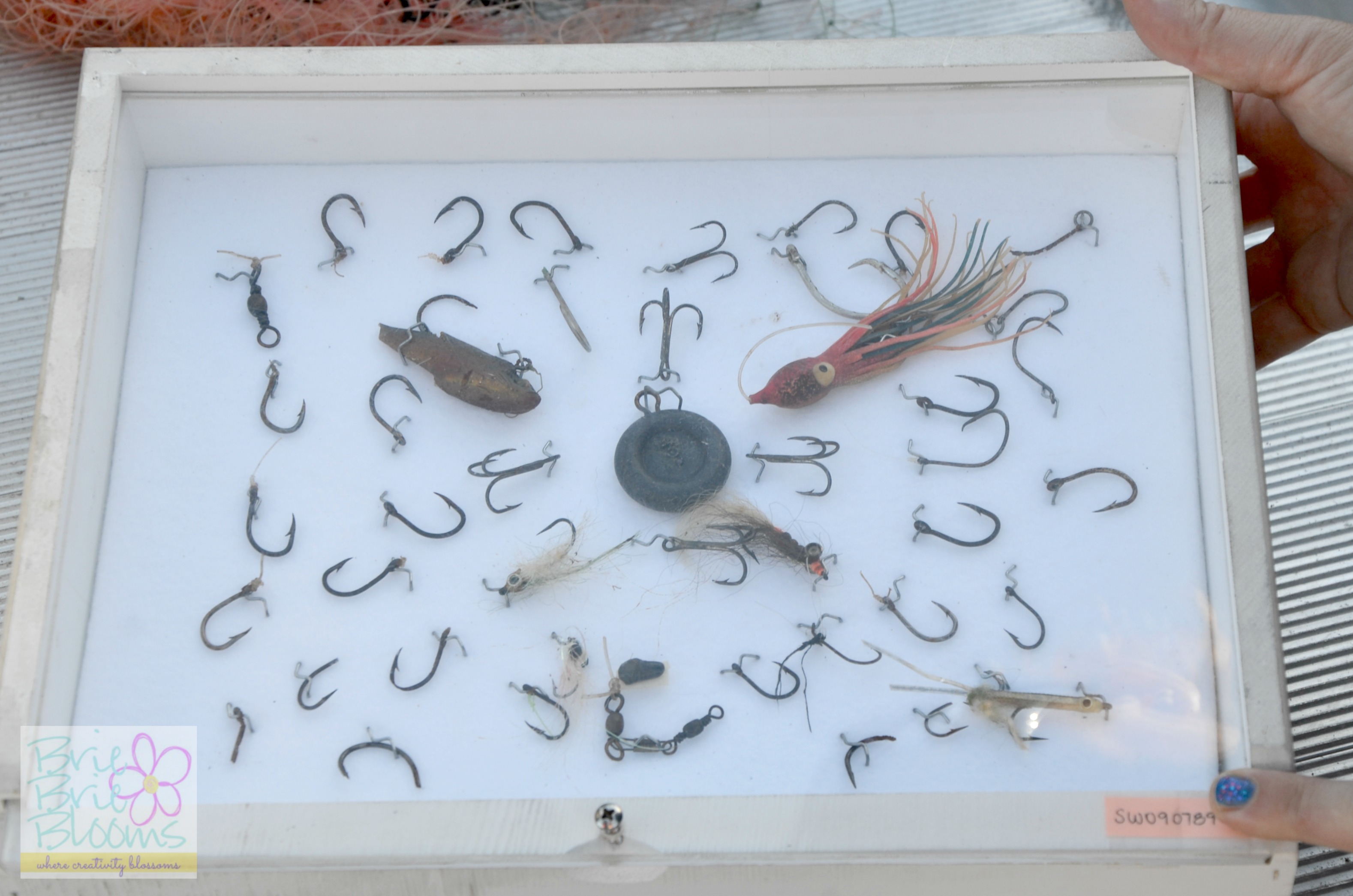
She also showed us fishing net that was tangled around a sea lion’s head.
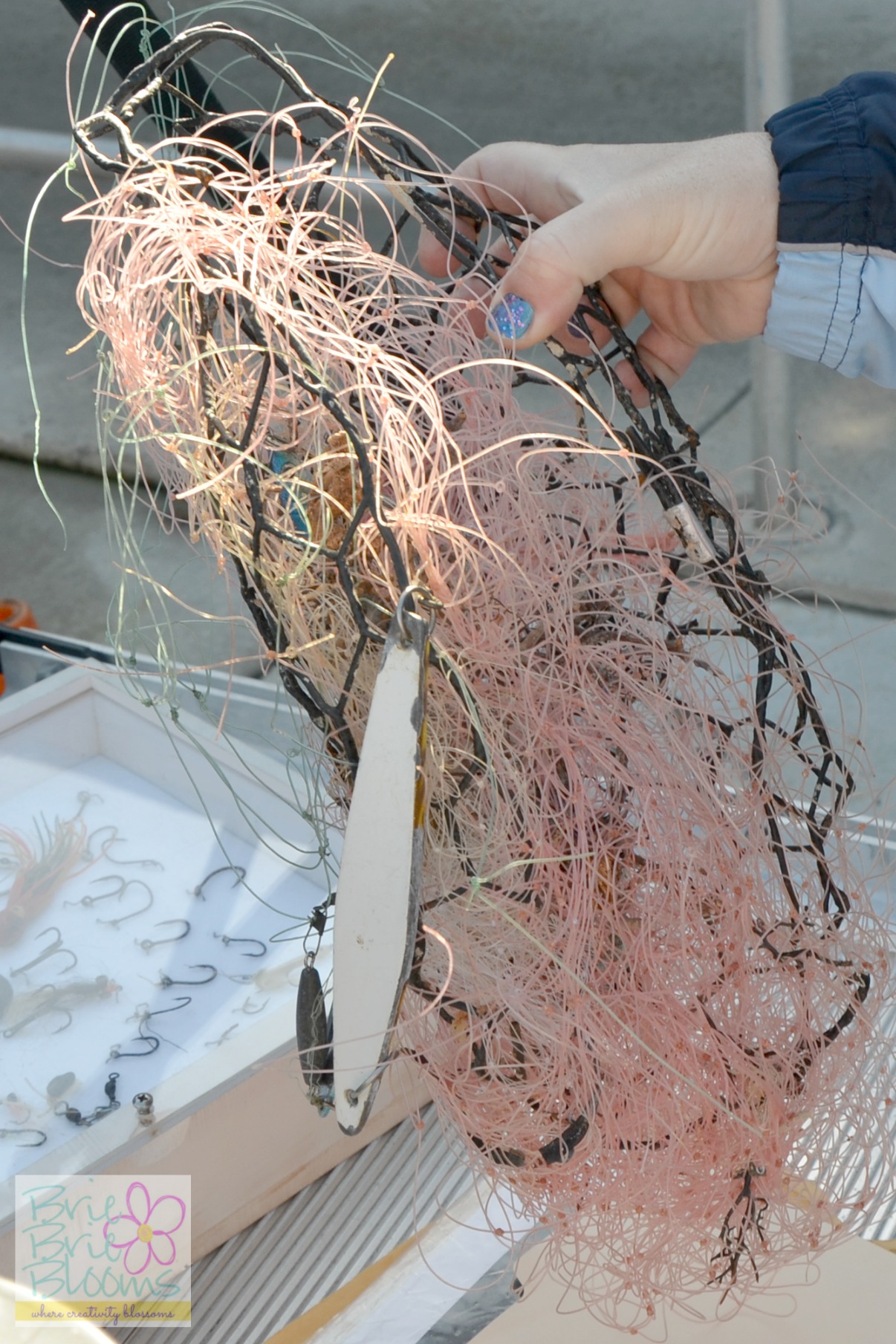
We observed the area where sea lions are cared for during the rehabilitation process. As the sea lions progress they move to different areas with pools in different depths and sizes.
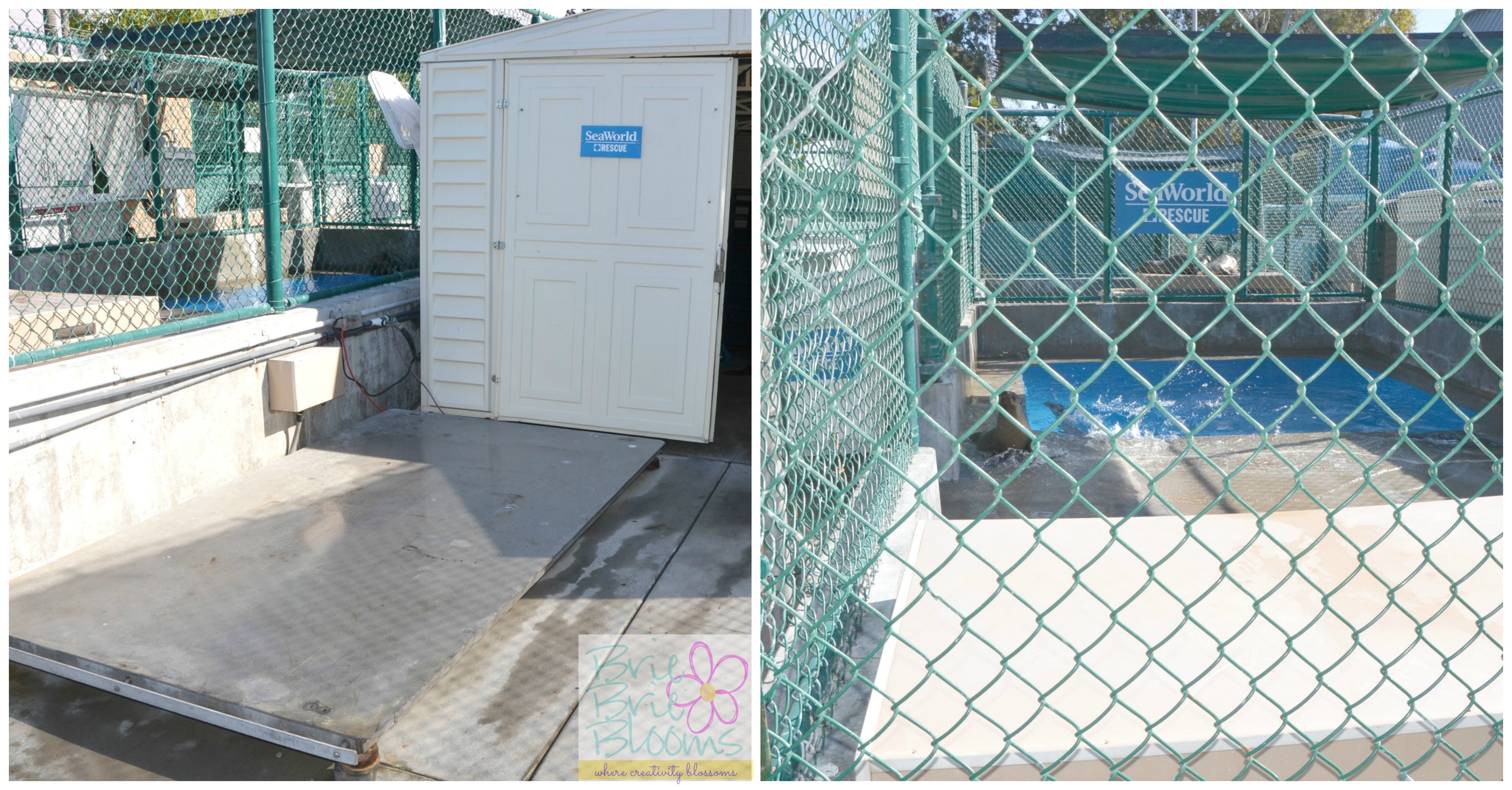
We met a few different sea lions and heard their stories that brought them to SeaWorld. These sea lions are not trained and will not be used in any animal performances or close interaction opportunities. My daughter was completely fascinated and loved getting to hear how SeaWorld is saving their lives.
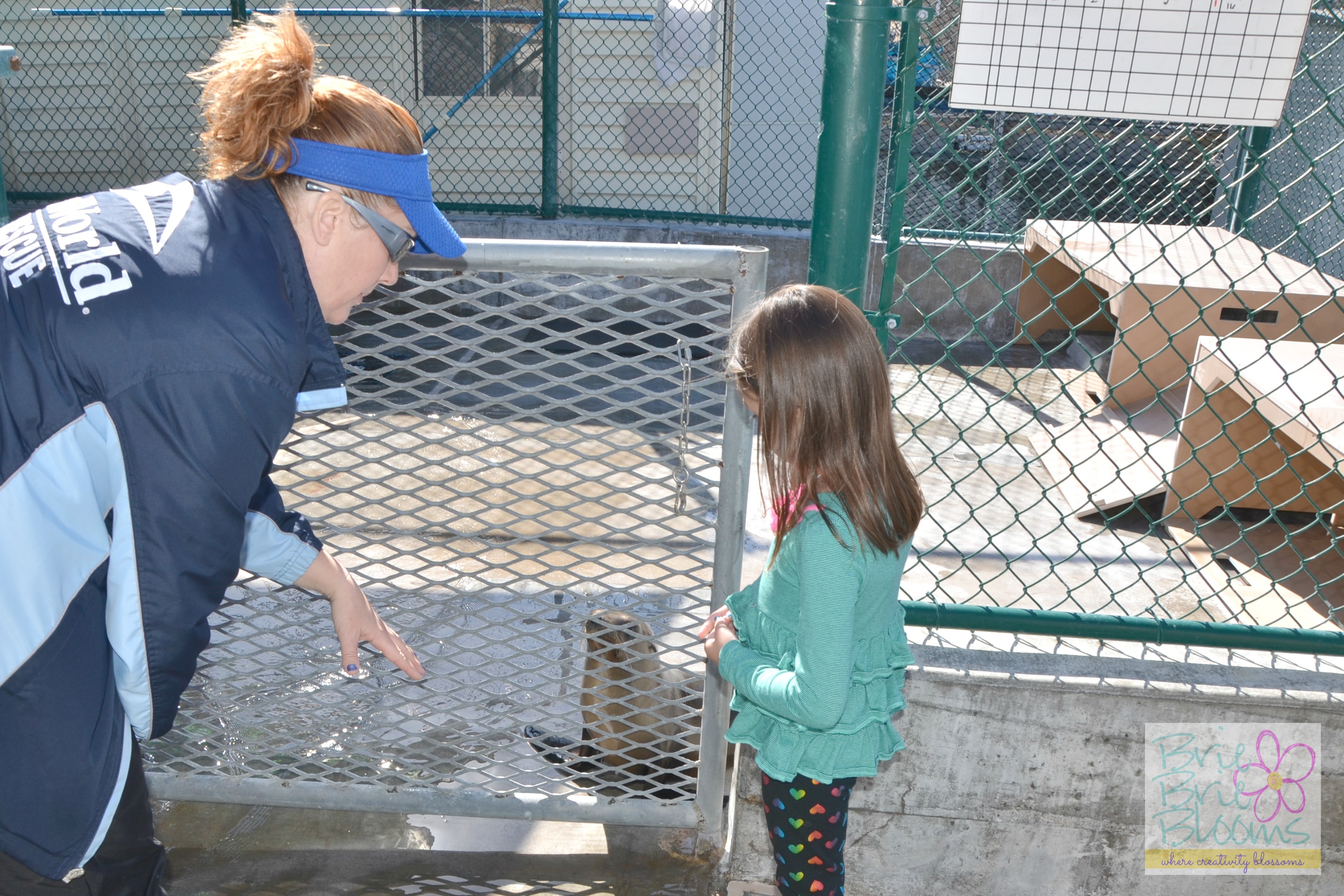
One sea lion was being rehabilitated because he had eaten a large amount of rocks. The care specialist showed us the exact rocks that had recently been removed from his stomach.
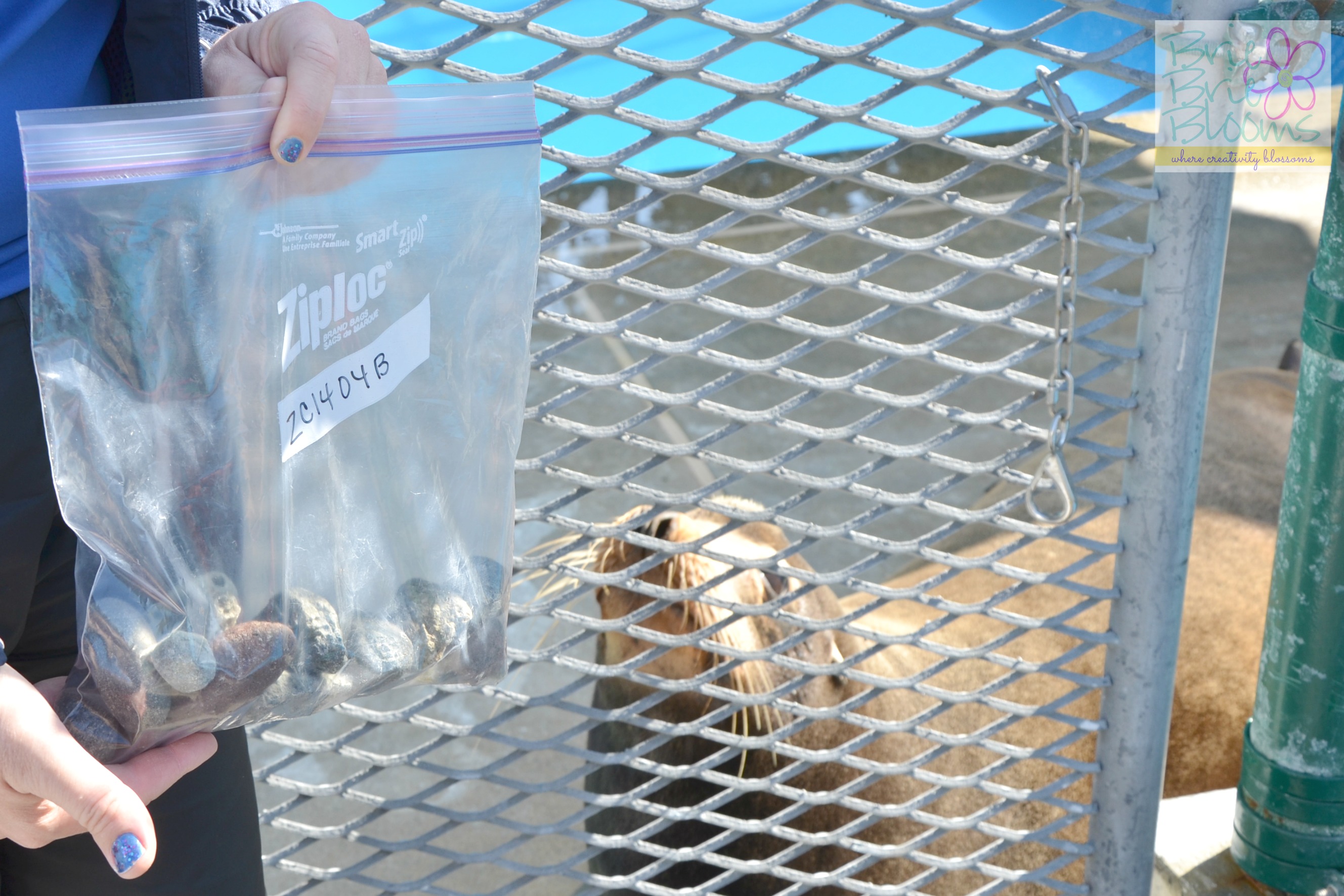
After learning about rescuing wild sea lions, we also had the opportunity to learn about how SeaWorld cares for their own resident sea lions. We met Chita and her trainer for a special close encounter.
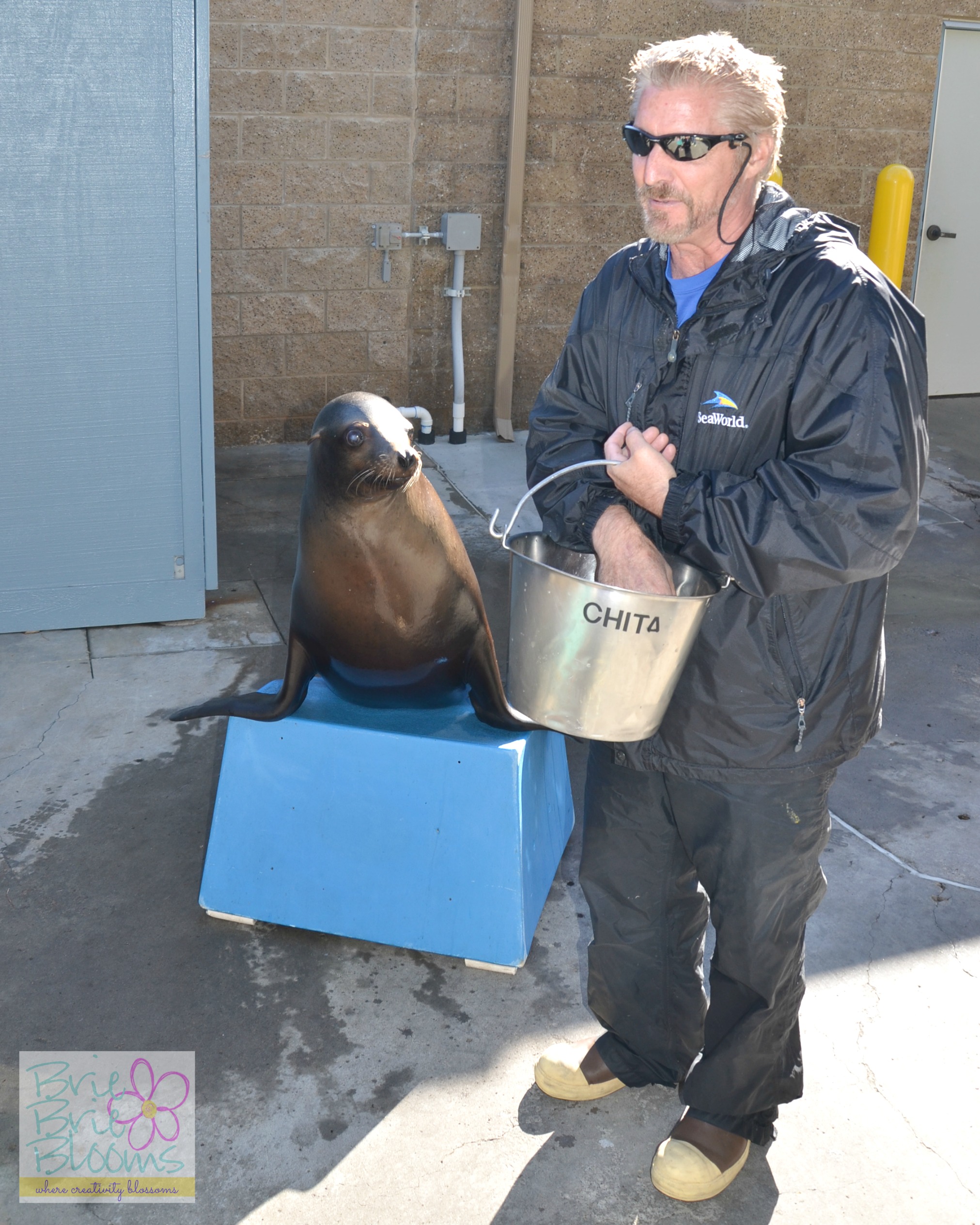
Chita was sweet and full of personality. Her close bond with her care giver was obvious. My daughter enoyed spending time loving on Chita and throwing her fish.
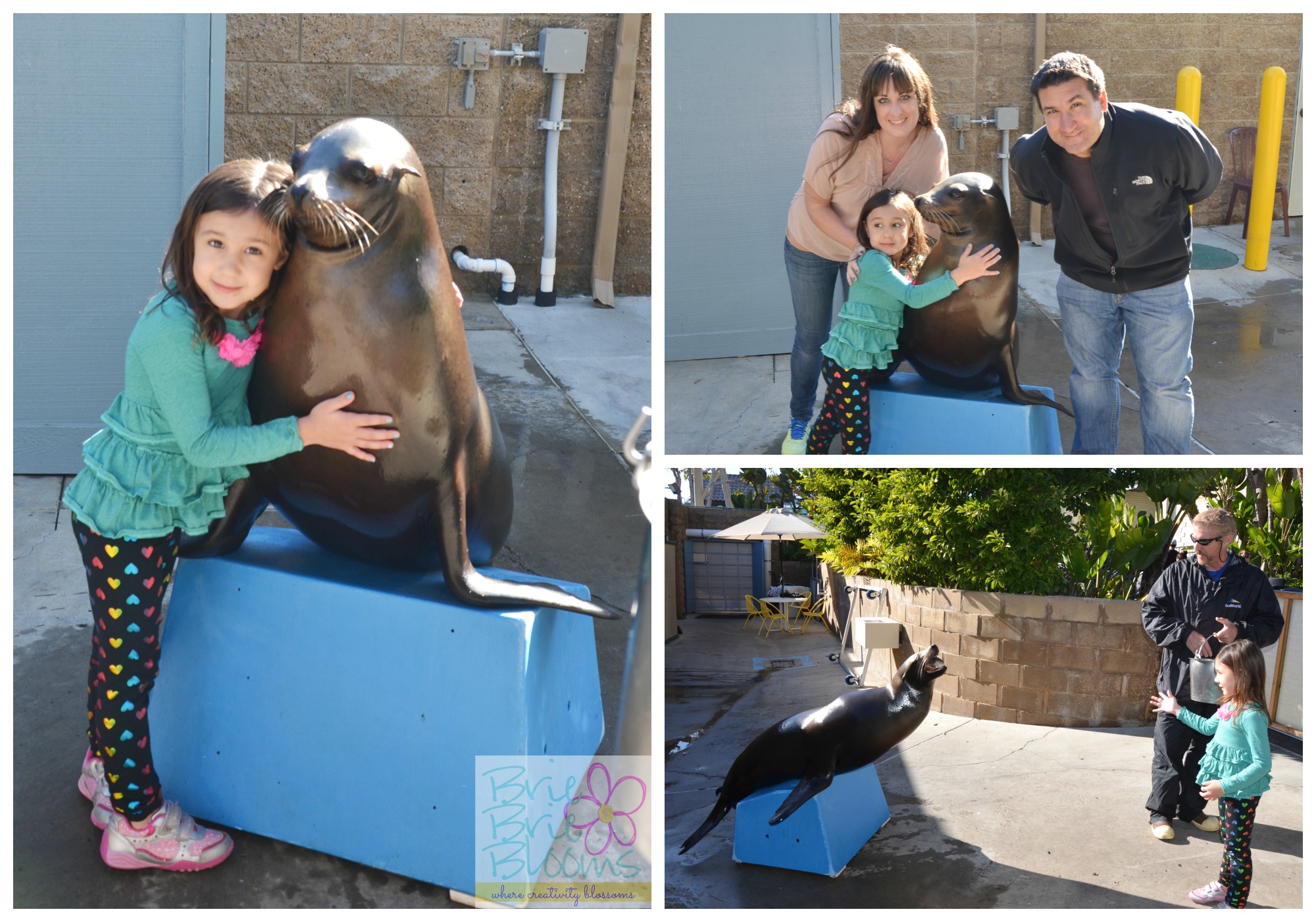
We ended our day learning about sea lions at the Sea Lions Live show where we watched TV and music spoofs performed by SeaWorld’s resident sea lions.
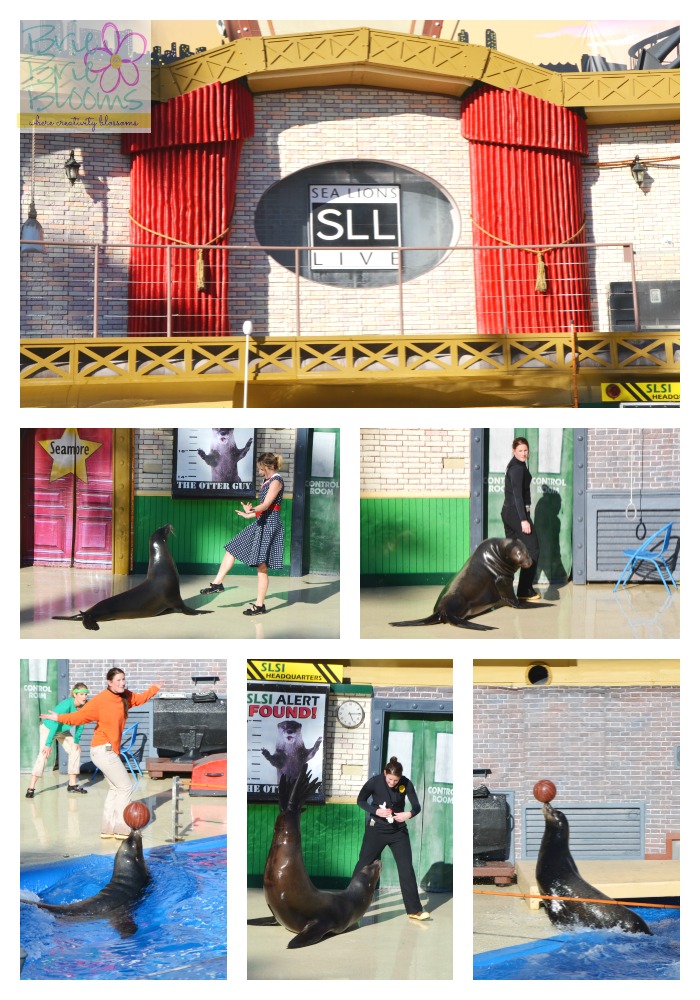
Thank you to the amazing team working with sea lions at SeaWorld San Diego for an unforgettable learning opportunity.
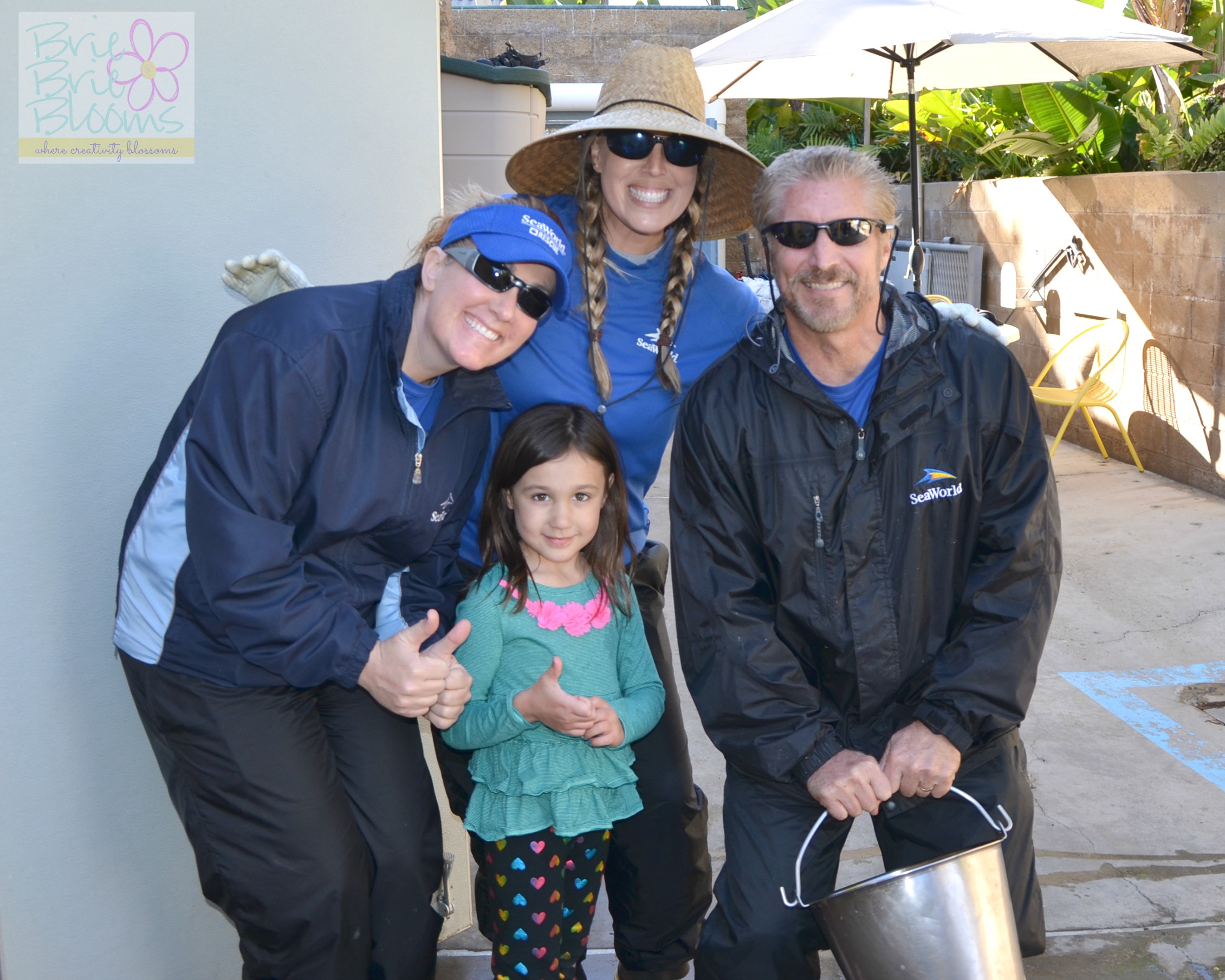
My daughter was so excited to go to school and tell her friends what she had learned about sea lions. With so many dangers posed by humans, we can all do our part by simply picking up our own trash to be sure it doesn’t end up in the wrong place.
Learn more about sea lions by visiting the SeaWorld California Sea Lion information page or by taking a SeaWorld Behind-the-Scenes Tour during your next visit.
Connect with SeaWorld San Diego on Facebook and Clyde, the Sea Lion, on Twitter to learn more about the park and special events.
SeaWorld is committed to the rescue, rehabilitation, and return of animals in need whether ill, injured, orphaned, or otherwise requiring care. If you see a stranded animal in the wild:
- Do not touch, pick up, feed, or pour water on the animal.
- Watch the animal from at least 50 feet away. It is not unusual for these animals to rest on the sand or rocks.
- Take note of details such as the exact location of the animal, physical characteristics, and the condition of the animal.
- If you are sure the animal needs help, notify SeaWorld or another authorized animal rescue organization, a lifeguard, park ranger, or animal control.
SeaWorld Rescue Hotline 1-800-541-SEAL (7325)
Follow SeaWorld Rescue on Twitter for regular updates and rescue stories. Watch Sea Rescue to see how the SeaWorld Rescue team rescue and rehabilitate marine animals to return them to the wild. Sea Rescue is available to view on iTunes and Netflix.
Read why I choose to support SeaWorld if you are interested in our frequent visits to the parks.
Disclosure: Our family received complimentary tickets to SeaWorld and a day full of animal interactions with many learning opportunities for this visit. All opinions are my own.
